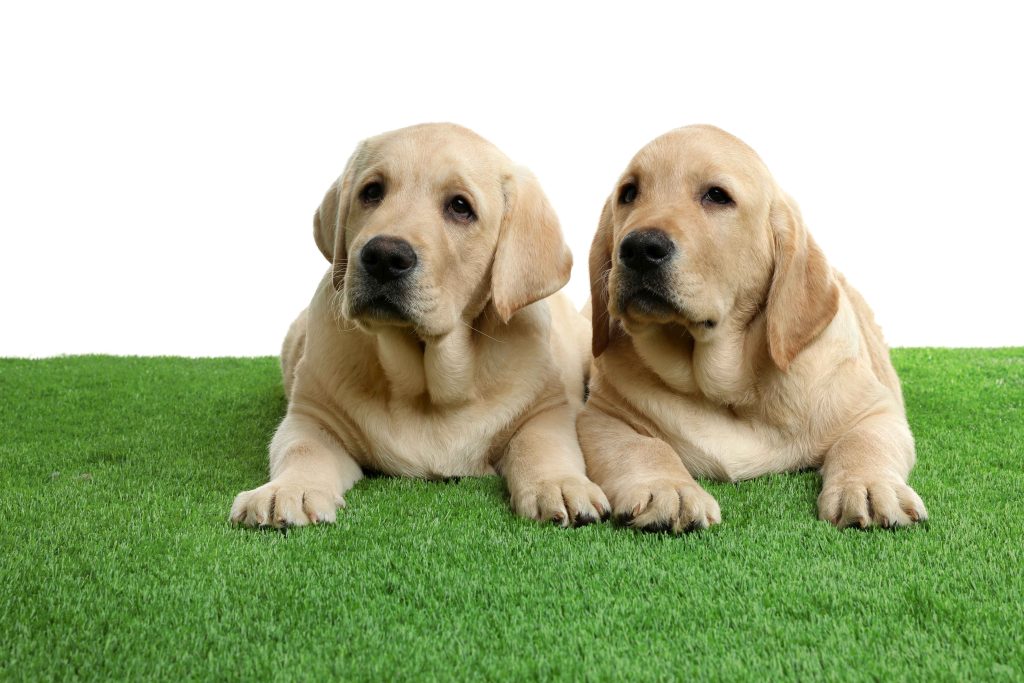
Artificial turf has become a popular solution for pet owners looking to create a clean, safe, and durable play area for their dogs. Whether you want to eliminate muddy paws, reduce maintenance, or provide a comfortable outdoor space for your furry friend, installing artificial turf can be a great investment.
This guide will walk you through the step-by-step process of how to install artificial turf for dogs, ensuring you achieve a professional result.
Are you tired of dealing with muddy paw prints, dead grass patches, and constant lawn maintenance? Installing artificial turf for dogs can transform your yard into a pet paradise, offering a clean, durable, and low-maintenance solution.
This guide will provide a comprehensive overview of the installation process, ensuring you have all the information needed to create a perfect outdoor space for your dog.
Preparing the Area
- Measuring and Planning
Start by measuring the area where you plan to install the artificial turf. Accurate measurements help determine how much turf you need. Sketch a layout of the area, marking any obstacles like trees or pathways. This planning stage is crucial for a smooth installation process.
- Removing Existing Grass and Soil
Remove the existing grass, weeds, and about 3-4 inches of topsoil using a sod cutter or shovel. Ensure the area is clear of any debris and roots. This step is essential to create a stable base for the artificial turf.
- Installing a Weed Barrier
Lay down a geotextile weed barrier to prevent weeds from growing through the turf. This barrier also helps with drainage, ensuring water does not pool on the surface.
Base Preparation
- Adding the Base Material
Pour a layer of crushed rock, gravel, or decomposed granite to form the base. The base should be about 3-4 inches thick and evenly distributed across the area. Use a rake to level the base material and create a slight slope away from any structures to aid drainage.
- Compacting the Base
Dampen the base material with water and compact it using a plate compactor or hand tamper. Compacting ensures a solid and stable foundation for the artificial turf, preventing any shifting or sinking over time.
Laying the Turf
- Rolling Out the Turf
Unroll the artificial turf and let it sit in the sun for about 30 minutes. This helps to soften the turf, making it easier to work with and reducing wrinkles.
- Cutting and Positioning
Cut the turf to fit the area, leaving an extra inch around the edges. Arrange the turf pieces so that the grass blades all face the same direction for a uniform look. If you have multiple pieces, seam them together using seaming tape and adhesive.
- Securing the Turf
Secure the turf around the perimeter using landscaping anchor pins or 6-inch galvanized stakes, spaced about 6 inches apart. For added security, stretch the turf tightly and use nails to secure it in a zigzag pattern along the seams.
Infill and Finishing Touches
- Applying the Infill
Infill helps to weigh down the turf, keeping the blades upright and providing cushioning. Use a seed spreader to evenly distribute infill material, such as sand or silica, across the turf. Brush the turf with a stiff bristle broom to help the infill settle and ensure an even application.
Final Adjustments
After the infill is applied, lightly rinse the turf with water to help the infill settle. Inspect the area for any wrinkles or loose edges and make necessary adjustments. Allow the turf to settle overnight before allowing your dog to use the area.
Maintenance Tips
Even though artificial turf requires less maintenance than natural grass, regular cleaning is essential to keep it in good condition. Rinse the turf regularly to remove pet waste and debris. For deeper cleaning, use a pet-friendly cleaner and a brush to redistribute the infill and maintain the turf’s appearance.
Conclusion
By following these steps, you can create a beautiful, durable, and low-maintenance play area for your dog. Artificial turf offers numerous benefits, including reduced maintenance, no muddy paws, and a safe, comfortable space for your pet to enjoy. If you’re considering this upgrade, take the time to plan and execute the installation properly for the best results.

